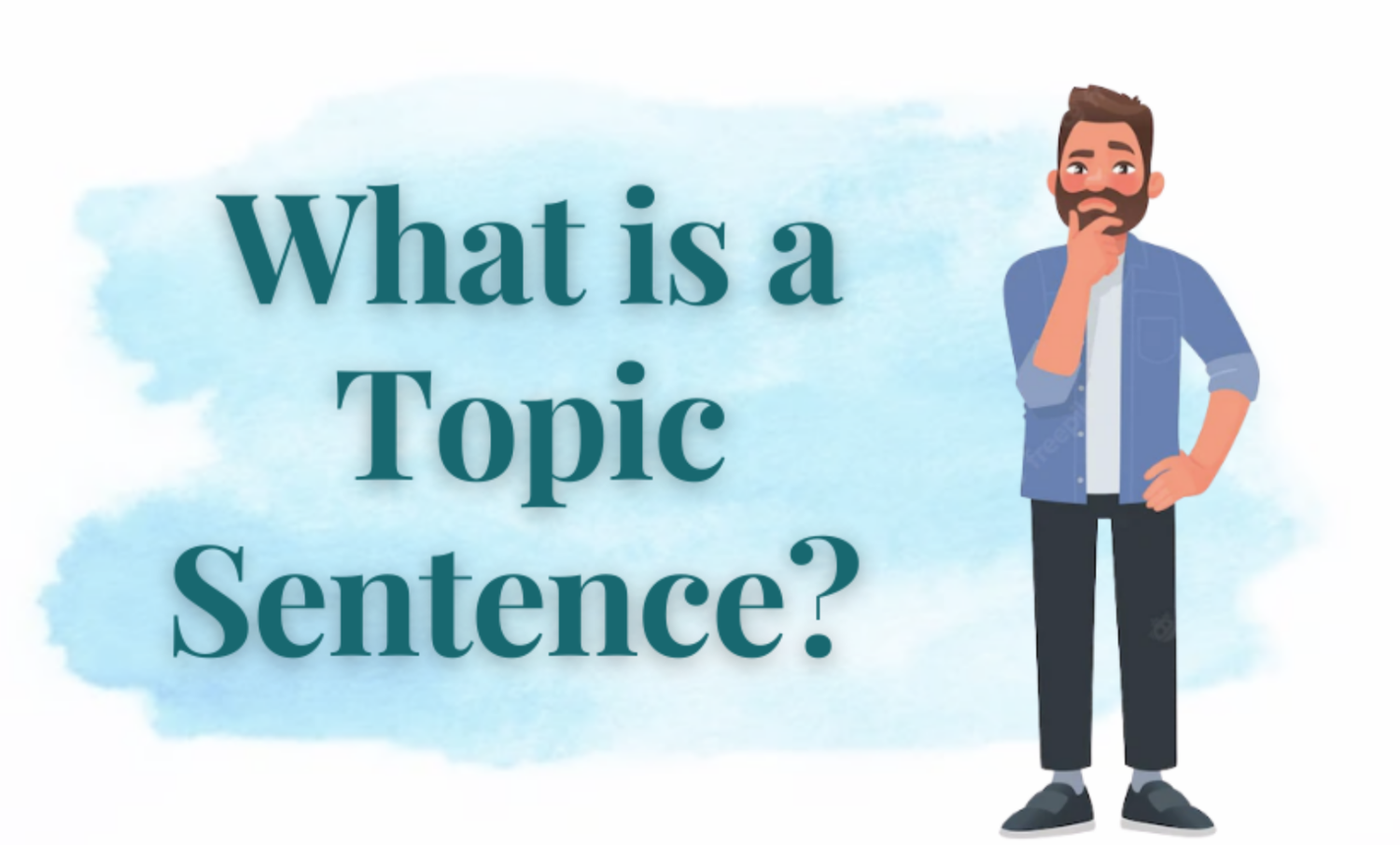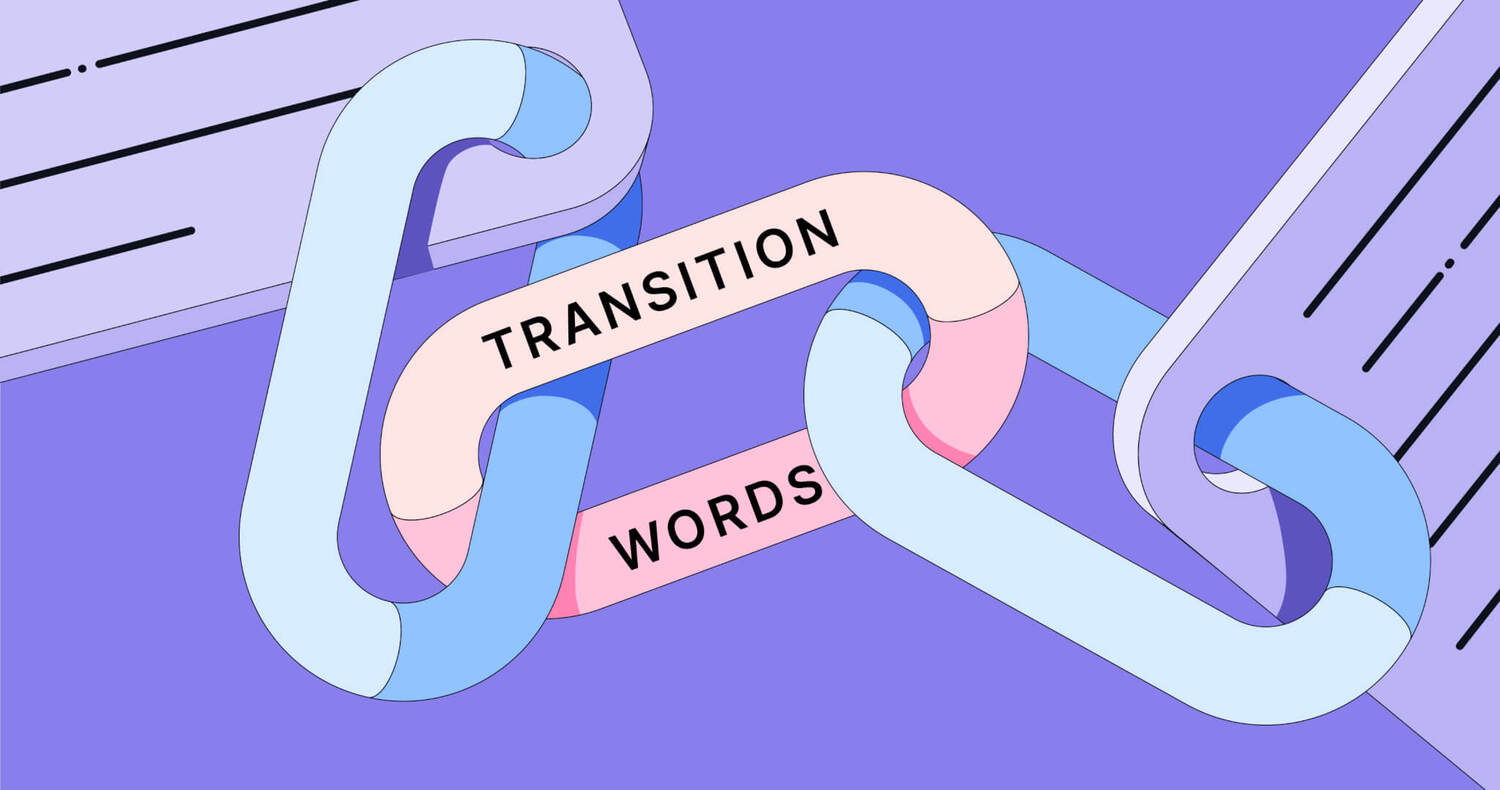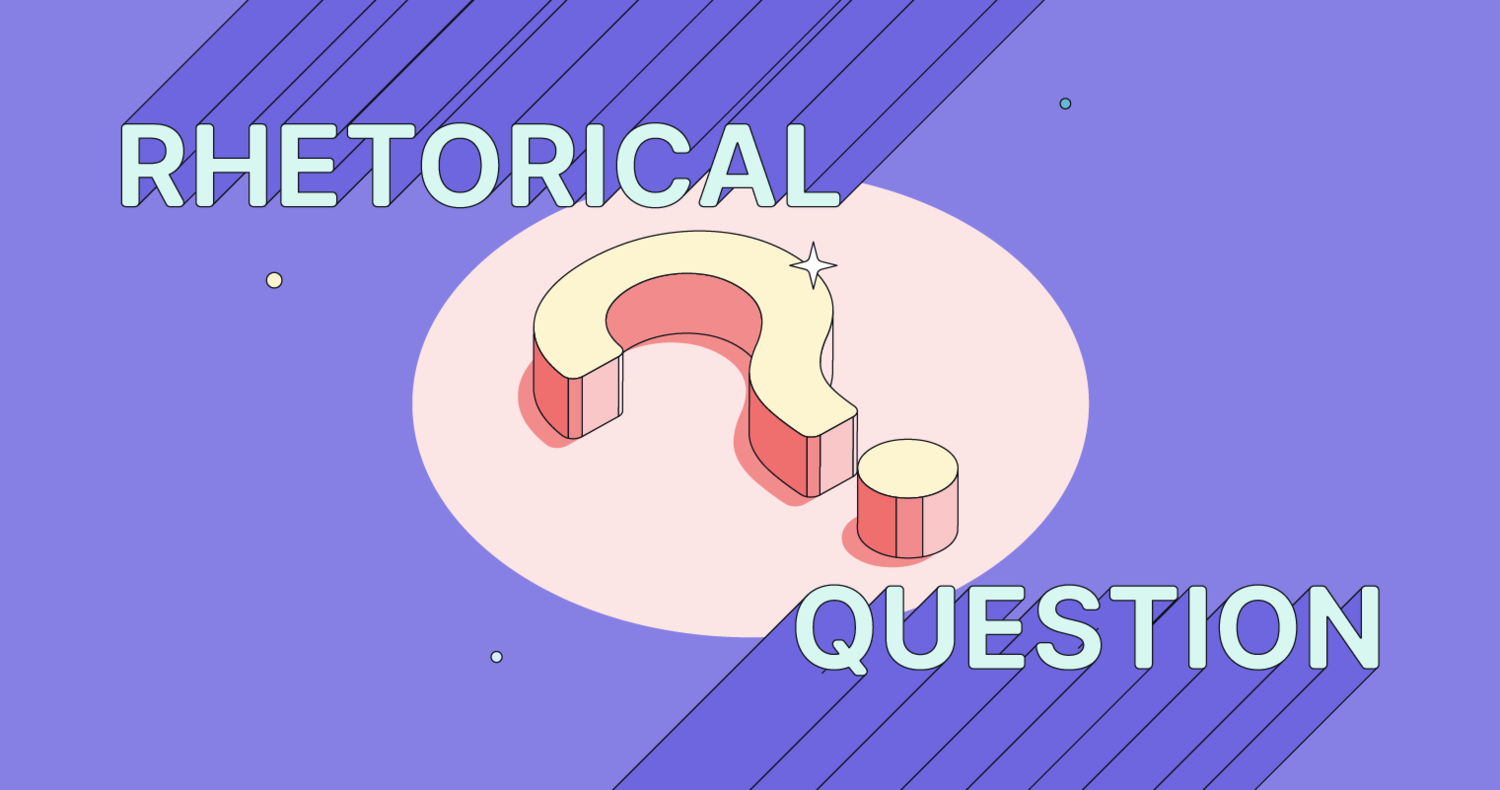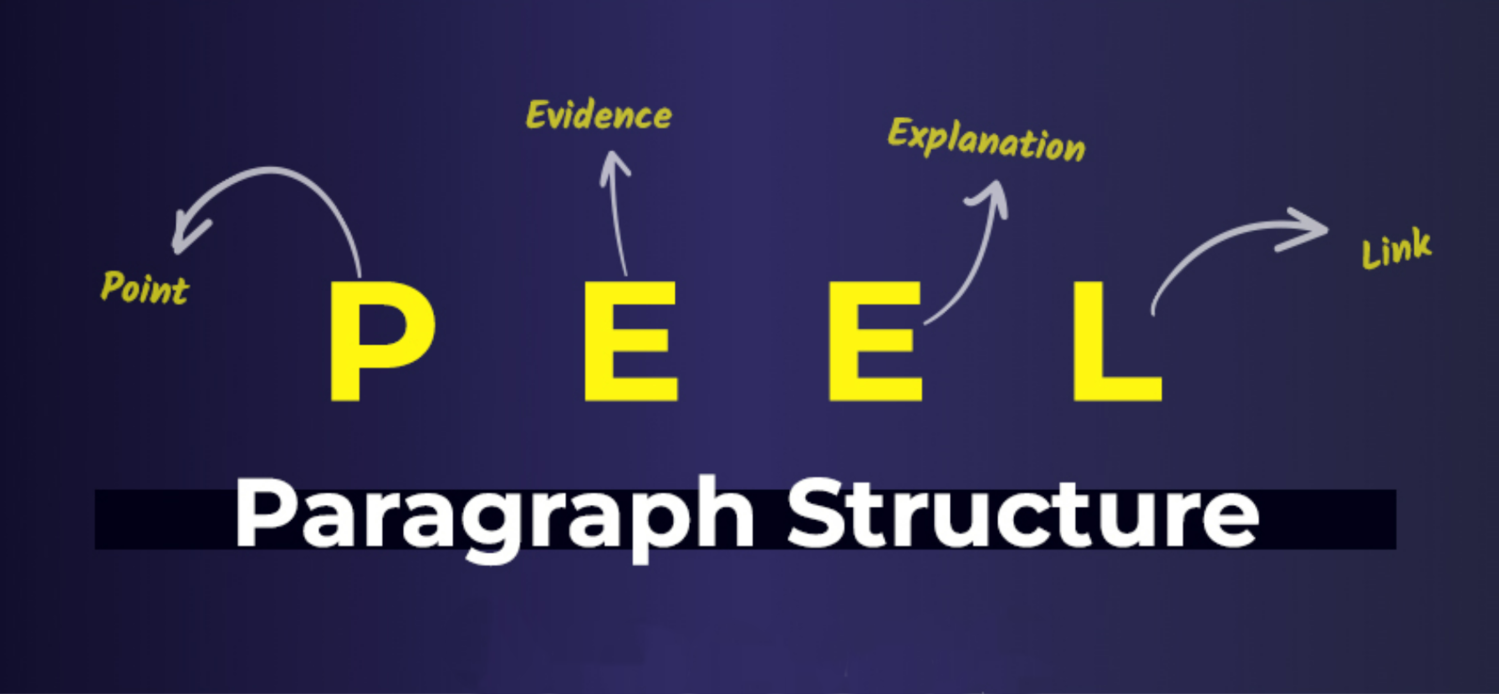A compelling essay involves orchestrating various elements to captivate your readers’ attention and keep them engaged throughout the journey. Amidst these elements, one crucial aspect often underestimated is the art of starting a paragraph in an essay. The opening lines of a section possess the power to set the essay’s tone, influence the overall flow of ideas, and significantly impact the reader’s experience.
This article is a comprehensive guide to mastering the art of starting a paragraph in an essay. By exploring various techniques and strategies, you’ll learn how to create compelling opening sentences that seamlessly connect ideas, set the tone, and keep your readers invested in your work.
As you embark on this enlightening journey, you’ll uncover the critical secrets to crafting impeccable paragraph beginnings. Delve into the intricacies of creating captivating introductions that instantly draw readers in and encourage them to explore the entire article.
Read also: Can’t Focus on Your Essay? Use These 6 Block Distraction Apps
Importance of Strong Paragraph Openings
The opening sentence of a paragraph serves as a bridge that connects the previous content to the upcoming ideas. It should lure the reader to continue reading while introducing the paragraph’s main point.
A weak opening can disrupt the flow of your essay, making it harder for the reader to follow your argument. On the other hand, a solid and engaging start can enhance your work’s overall readability and coherence.
For further support and guidance, platforms like GrabMyEssay.com can be valuable resources for becoming a proficient essay writer. You can also use some best writing apps, as they have many features to offer you.
Strategies to Start a Paragraph in an Essay
So, let’s start with our top recommendations and tips:
Topic Sentence

The topic sentence is a foundational approach to starting a paragraph in an essay. It briefly presents the paragraph’s main idea and provides a clear focus for the reader. A well-crafted topic sentence informs the reader about the subject and acts as a roadmap, guiding them through the subsequent sentences.
For instance, in an essay discussing the benefits of renewable energy:
Solar power has emerged as a frontrunner in renewable energy sources.
See also: 10 Best Paraphrasing Software For Thesis & Academic Writing
Use of Transition Words
Transition words are invaluable tools for smoothly connecting ideas between paragraphs. They establish relationships between concepts, aiding the reader in understanding how different points relate to each other.

When you start a paragraph in an essay, consider using transitional phrases such as “Furthermore,” “In contrast,” “Moreover,” or “On the other hand” to create a seamless flow.
An example of transition word usage:
Furthermore, the shift towards solar power reduces carbon emissions and fosters energy independence.
Rhetorical Questions
Pose thought-provoking rhetorical questions to stimulate the reader’s curiosity and engagement. Rhetorical questions encourage readers to reflect on the topic, making them eager to explore the ensuing paragraph for answers.

For instance:
What if our energy sources could be both sustainable and cost-effective? This is where solar power steps in.
Check this out: 5 Best Writing Apps for Kids | Best of 2024
Quotations and Anecdotes
Incorporating relevant quotations or anecdotes can instantly capture the reader’s interest and provide context for your paragraph’s content. A well-chosen quote or story can serve as an attention-grabbing introduction, paving the way for your discussion.
Example with a quotation:
“We cannot solve our problems with the same thinking we used when we created them” – Albert Einstein. This sentiment resonates strongly with the need for innovative energy solutions like solar power.
Crafting Cohesive Paragraphs
While mastering the art of starting a paragraph in an essay is essential, ensuring cohesion within and between sections is equally crucial. To maintain a logical flow, ensure that each paragraph links to your thesis statement and contributes to the overall argument.

Utilize the P.E.E.L. structure (Point, Evidence, Explanation, Link) to build solid and coherent paragraphs. Begin with a clear point, support it with relevant evidence or examples, explain the significance, and connect it to the thesis or the preceding paragraph.
Also, proofread your work to eliminate inconsistencies, abrupt tone, style, or content shifts. A well-structured essay with seamlessly connected paragraphs creates a more enjoyable reading experience for your audience.
See also: 3 Best Free Online Document Translators for Windows & Mac.
FAQs
Can I start a paragraph with a statistic or fact?
Absolutely! Starting with a compelling statistic or fact can capture attention and establish the significance of your topic.
How long should my topic sentence be?
A topic sentence should be concise yet comprehensive. Aim for one or two sentences that convey the main idea of the paragraph.
Is it essential to use transition words in every paragraph?
While not mandatory, using transition words enhances the clarity and coherence of your essay. They are particularly helpful when transitioning between contrasting or supporting ideas.
Can I start a paragraph with a personal experience?
Yes, sharing a personal experience or anecdote related to your topic can be an effective way to engage your readers and provide context for your discussion.
How can GrabMyEssay.com assist me in improving my essay writing?
GrabMyEssay.com is a reputable online resource that offers a range of writing services, including proofreading, editing, and essay writing assistance. Their experienced professionals can provide valuable insights and feedback to help you refine your writing skills.
Conclusion
In conclusion, mastering the skill to start a paragraph in an essay is fundamental to creating engaging and coherent written work.
You can effectively capture your reader’s attention and guide them through your essay’s ideas by employing techniques such as crafting strong topic sentences, using transition words, posing rhetorical questions, and incorporating quotations or anecdotes. Remember that a well-structured essay with seamlessly connected paragraphs enhances the overall impact of your writing.

You can always find me playing the piano or playing FIFA when I’m not binge-watching TV Series with pizzas. Fountainhead of TechWhoop.
Life motto: The only time success comes before work is in the dictionary.

